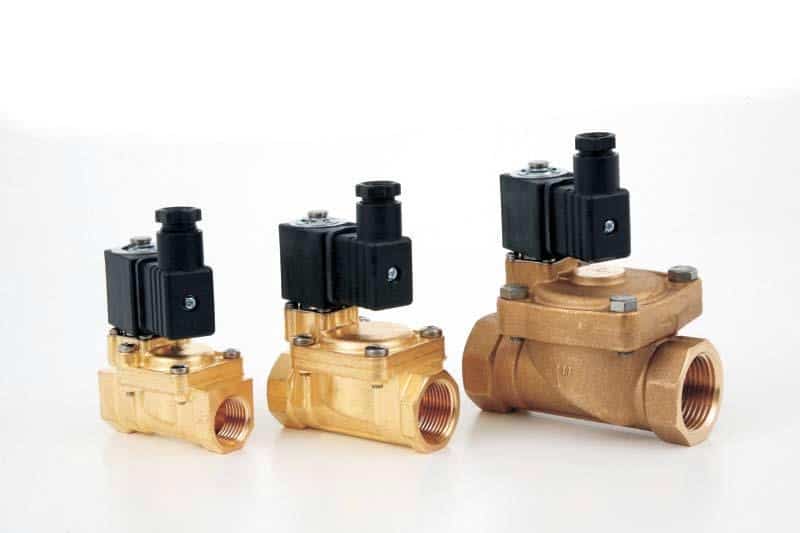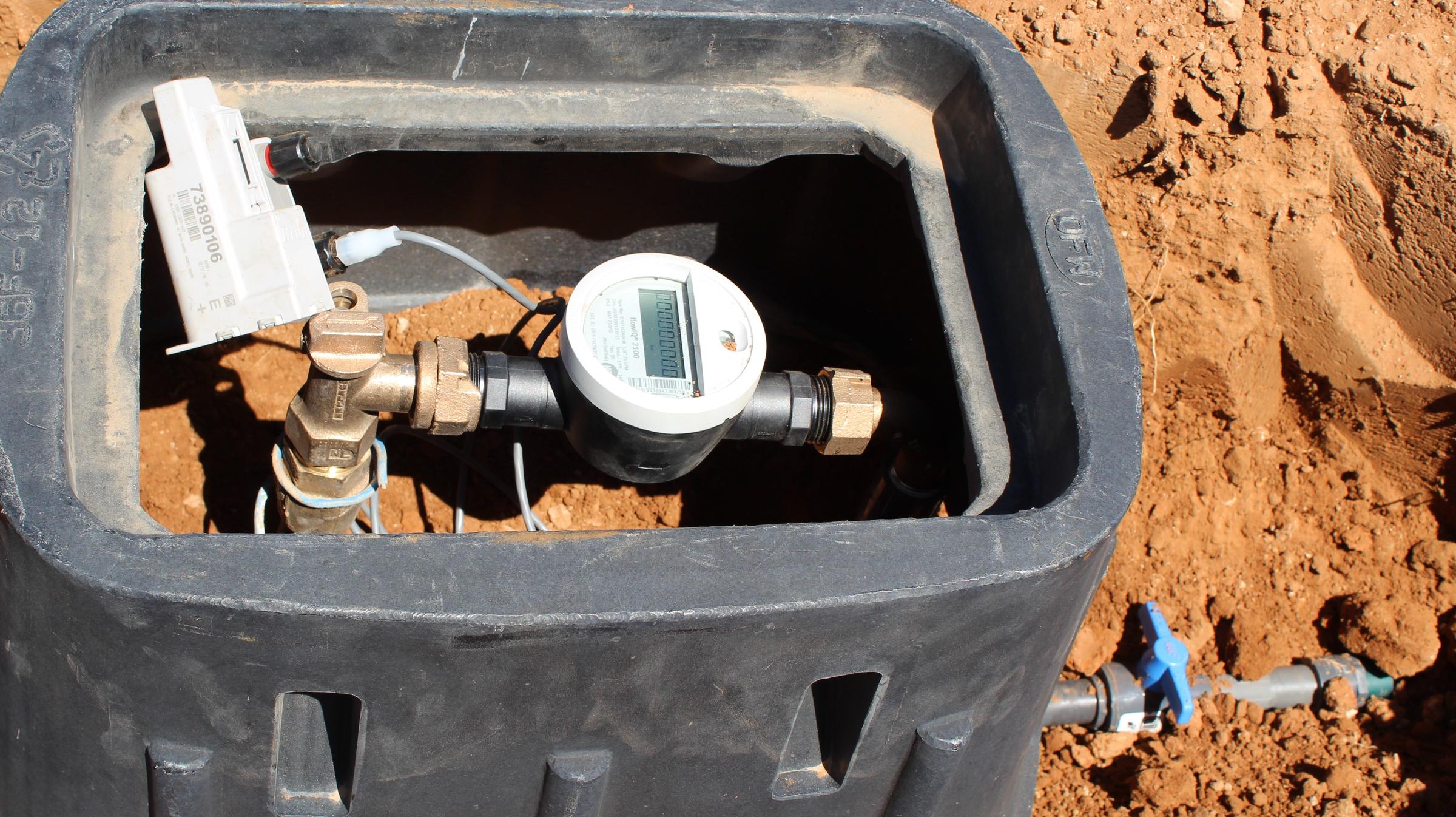This article which follows about 3 Shower and Storm-Proof Steps For Your Home is exceptionally fascinating. Don't overlook it.

The plumbing system of your home is a detailed network of pipes and also shut-off shutoffs. The latter is made use of to regulate the water's circulation into the pipelines throughout the whole home. In case of an emergency, you can reduce the water making use of the shutoffs. This stops considerable water damage from taking place.
Why Must I Bother with This?
Your washroom sink is damaged, so you can easily find the shut-off valve below the sink. For major leaks, you should close the mainline shut-off shutoff.
The longer you wait to close the shut-off valve, the a lot more extensive the damages will certainly be. You may not have sufficient time to figure out how to close the shutoffs when you're worrying amidst an emergency.
What Does the Shut-Off Valve Look Like?
This is usually a knob that permits you to turn off the water for a particular home appliance, a localized location (for example the whole second flooring), or for the whole building. It is vital to recognize where these valves are, so when something emerge in any kind of location of your residence, you can shut it right now. This will aid you stay clear of considerable water damages that will certainly set you back thousands to repair.
Where are These Found?
It might be testing to situate them, especially if your residential property is big. Your best option is to call a water reconstruction solutions business for advice. If you have a rather moderate-sized home, try looking for a knob or bar. This is normally found in the complying with areas:
If you have a home evaluation report from when you bought your property, it should be indicated in those papers. If you constructed it from scrape, it should be in the blueprints. Typically, building contractors install the valves near or within the primary, ground-floor restrooms. Although the shutoffs are supposed to be noticeable, some pick to camouflage them for aesthetic reasons.
When to Call an Expert?
Ought to the previously mentioned hold true for your localized valves, you have no other option however to turn off the main water line, cutting the source of water in your whole house. After that call the plumber to check the issue as well as shut off the valve in that area only so you can utilize the rest of the plumbing in other areas of your house.
Remember, these valves are lifesavers and also crucial for any kind of plumbing fixing. In the occasion of a plumbing emergency, closed down these shutoffs to avoid complications that call a credible water damages remediation provider.
The plumbing system of your residence is a complex network of pipelines as well as shut-off shutoffs. In the event of an emergency, you can cut the water using the valves. The longer you wait to close the shut-off shutoff, the much more substantial the damage will certainly be. It is necessary to know where these shutoffs are, so when something crops up in any area of your house, you can close it right away. In the occasion of a plumbing emergency, closed down these valves to avoid problems that call a credible water damage reconstruction company.
How to Shut Off Water Valves
The Shutoff Valve to the Water Supply for an Individual Plumbing Fixture
To stop the flow of water to a specific appliance such as a sink, check the pipes for the nearest valve; it will likely be made of chrome and located directly below the fixture. Many showers and sinks have two valves for hot and cold water respectively, so make sure to turn them both off. Appliances like dishwashers, How to Shut Off Water Valveswashing machines, and refrigerators sometimes have switches, rather than valves, on the hoses connecting them to the wall. Water heater valves are usually located on the pipes above.
When it comes to which way you should turn the valve, keep in mind the old saying “righty tighty, lefty loosey.” In other words, turning a valve clockwise, or to the right, will restrict the flow of water while turning it counterclockwise, or to the left, will allow water to flow. If you have trouble turning the valve, wear a work glove to get a better grip, or use a wrench. Once you turn all of the valves clockwise as far as they will go, the water supply should be successfully shut off.
Before you start making repairs, have a bucket nearby so that you can drain any water that was left over in the pipes. After you finish the job, turn the valves counterclockwise as far as they will go to restore the water flow.
The Shutoff Valve for the Main Water Supply to Your Home
The first step is locating your main shutoff valve. You probably have a brass valve with a round handle near the area where water enters your home. It could be located in your kitchen, a utility closet, a downstairs bathroom, or even on an outside wall. Turning the valve clockwise as far as it can go should shut off all of the water fixtures in your home; however, you’ll need to turn on all faucets to empty any water left remaining in the pipes. Let your sinks and showers run until all water flow ceases, and then turn all faucets to the off position. After finishing your repairs or installations, turn the main valve back counterclockwise.
The Shutoff Valve for the Water Supply to Your Entire Property
Before you do anything, call your water company and ask for permission to access your street shutoff valve. If your home’s main water valve fails or needs replacing, you must turn off the water supply to your whole property before attempting repairs. You’d also need to do this before trying to fix a leak in the pipes connecting your home to the street valve. The shutoff valve for the property is usually located in the same metal box that contains the water meter. Remove the box cover and look for a handle; you might need a long wrench to reach it.
Different cities have different types of street valves. Ball valves have long, thin handles while gate valves have more rounded handles. A ball valve handle will usually be aligned with the pipe while open; turn it 90 degrees to the right to turn it off. Gate valve handles should be turned clockwise as far as possible to stop the water flow.

As a reader about 3 Waterproofing Tips For Your Home during the Shower/Storm Season, I was thinking sharing that excerpt was beneficial. Do you know anybody else who is very much interested in 3 Simple Strategies to Prevent Damage from Showers and Storms? Take a moment to share it. Many thanks for taking the time to read it.
Plumbing care available.